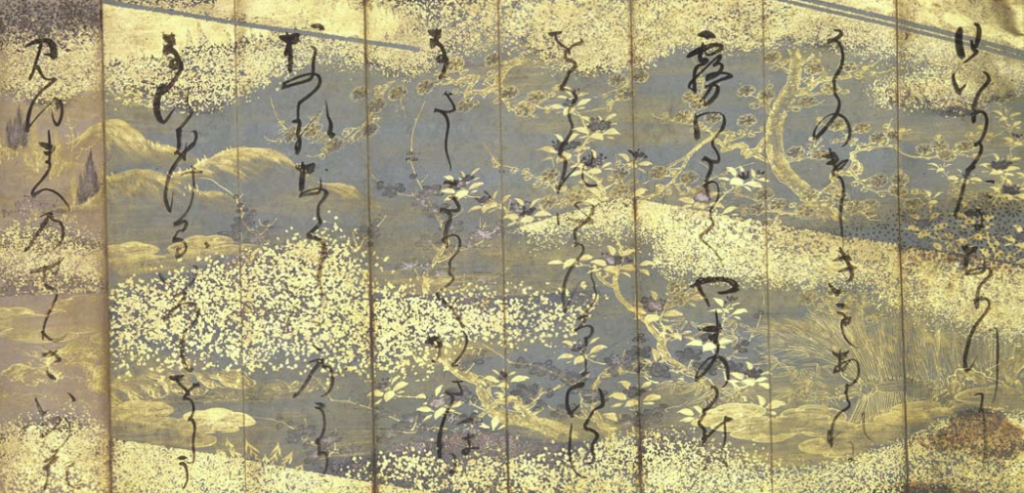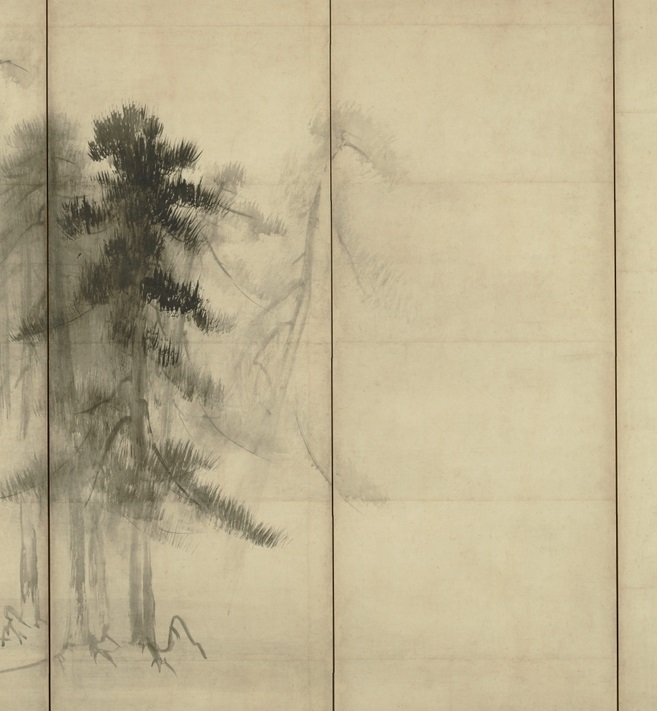The Tale of Genji is often taken as a love story.
Neither strife nor plague is mentioned in the story. The seasons pass slowly, and love songs with seasonal flowers are exchanged between the second prince, a man of exceptional beauty, and the daughters and wives of the royal and noble families. However, as noted in The Tale of Genji -1-, The Tale of Genji, especially at the beginning, is set in the early Heian period, which is rife with assassinations, intrigues and struggles for the Emperor’s succession. The author Shikibu, a courtesan, could not have written about the darker side of the court. We have to imagine what is not written in the story.

nannzen-in : 南禅院, 京都フリー写真素材
The fact that Hikaru Genji’s mother died so young and so easily, without illness, should suggest that she was poisoned by the family of the Emperor’s first wife. Hikaru Genji’s father, the Emperor, was still young and less powerful than his uncle, a great noble, and his daughter, the Emperor’s first wife. He cannot even investigate if his beloved was probably murdered. The Emperor’s first wife had a first prince, and she probably regarded the second prince and his mother as the greatest obstacle to her son’s accession to the throne. The Emperor believed that the second prince would be the next to be killed. In order to protect the Prince born to the woman he loved most, the Emperor removed the Second Prince from the succession to the throne and deposed him as a vassal.
The Second Prince, a man of great beauty and prodigious intelligence, who even his enemy, the Emperor’s first wife, is attracted to, is kept away from the royal line and becomes a mere aristocrat. His grandmother dies of a broken heart, her daughter murdered and her grandson reduced in status to a nobleman.
Here begins the story of a young, beautiful boy with no protector other than his father, the emperor.
The author of The Tale of Genji never speaks of political conflicts, but describes the decadence that glimmers in the darkness. Beneath the decadence flows dark waters that foreshadow the Middle Ages. The idea of impermanence appears in the Japanese Middle Ages, and is already present in The Tale of Genji. The view of impermanence is one of Buddhist thought, the idea that nothing is eternal. All things perish.

